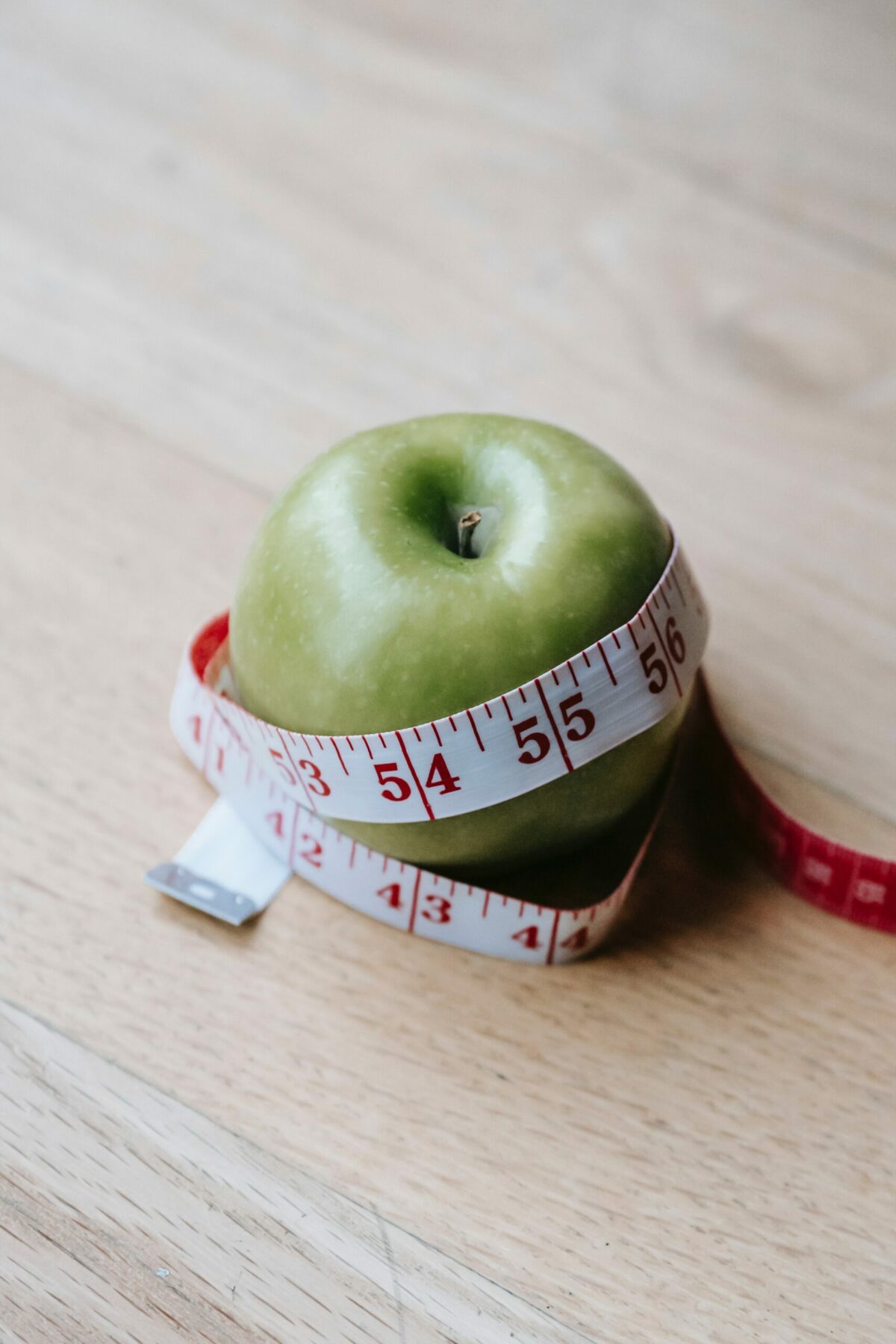How to Count Macros

Understanding macros and how to count them can seem confusing and daunting but it doesn’t have to be that complicated. Here is a breakdown of what macros are, how to count them and how to determine if you should (or even want to) count them.
First off, what are macros? The term “macros” is short for macronutrients, which are families of nutrients central to metabolic processes. Macronutrients include proteins, carbohydrates and fats. When people count macros as part of their diet, they’re counting the number of grams of protein, carbs and fat they’re eating each day in addition to the total calories.
To determine the specific macronutrients you should be eating in order to achieve whatever health or weight goal you have, you can use an online macro calculator. My favorite is from Healthy Eater.
Counting macros is certainly not the only way to achieve your weight goal. After all, weight loss is just a basic math equation: you must expend more calories than you take in each day. Your body uses a minimum number of calories just to exist each day and keep your organs functioning. This is called your basal metabolic rate. Beyond that, you burn more calories through movement or exercise. The more calories you burn through exercise, the higher the likelihood that you’ll expend more than you take in. At the end of each day, if you consume fewer calories than you expend, you lose weight. If you consume the same as you expend, you maintain your weight. And if you consume more than you expend, you gain weight.

However, the advantage of counting macros is that you are using real data instead of just “trying to eat healthily.” If you’re just counting calories, that doesn’t tell you anything about how balanced your diet is.
There are many benefits to getting the proper number of nutrients for your body. These include:
- You are less prone to nutrient deficiencies and the effects of that. Studies show that macronutrient balance is essential to preventing chronic disease risk.
- You have the capability to influence your metabolism.
- You are able to build muscle more efficiently.
- You have improved control over your appetite. By manipulating and monitoring macronutrient intakes, you are able to control the hormone responsible for hunger.
Of the three macronutrients, the one that most people have a hard time getting enough of is protein. We don’t typically have an issue getting enough carbohydrates and fat in our diet.
Let’s take, for example, a woman named Ann. She’s 45 years old and 5 feet and 4 inches tall. She currently weighs 165 pounds and would like to weigh 145 pounds. The Healthy Eater macro calculator gives us the following information for Ann in order for her to achieve her goal:
- 1,518 total calories per day
- 130 grams of carbohydrates
- 136 grams of protein
- 51 grams of fat
Ann feels like she eats plenty of protein. She eats two scrambled eggs every morning for breakfast, and everyone knows eggs are high in protein, right? Two eggs equal 12 grams of protein. Yes, they’re a good source of protein, but she still has a long way to go to achieve 136 grams. Here are some suggestions for other foods that are high in protein:
- Meat, including beef, chicken, pork, lamb, turkey, wild game, etc.
- Seafood
- Dairy, such as cottage cheese and Greek yogurt
- Tofu, tempeh and other soy products
- Beans and legumes
- Protein powder and protein bars

Getting enough protein has many health benefits including: (1) It reduces body fat, (2) it increases and maintains muscle mass, (3) it repairs and recovers, and (4) it maintains a healthy immune system. Conversely, not getting enough protein leads to fatigue, swelling in your hands and feet, problems with hair, teeth and nails, slow healing, and more.
Finally, let’s look at how to track your macros on a daily basis. The easiest way is to download a food tracking app on your phone. I like MyFitnessPal; it’s free and easy to use. In MyFitnessPal, you would first set your calories and macro information by going to “More” and then “Goals.” Find “Nutrition Goals” and add your numbers for calories, protein, carbs and fat.
Then, you’ll start tracking your food. MyFitnessPal has a huge database where you can search for any food you eat. You can also upload recipes from the web. If you go to “More,” then “Nutrition,” then “Nutrients,” you’ll see a running total of your macros and how many you have left.
I hope this helps simplify the mystery of macro counting and assists in your decision if it’s for you. My advice is if you do nothing else, aim to increase your protein intake to the proper level and notice how it benefits your training and overall health.
About the Author

Whitney Otstott is the owner of GirlPower Fitness, a private fitness studio in southwest Austin that’s just for women. Whitney has been in the fitness industry for more than 25 years, teaching numerous group fitness formats and offering personal training in a way that helps women get stronger and healthier in a nurturing and empowering environment. Learn more at https://girlpoweraustin.com/.






